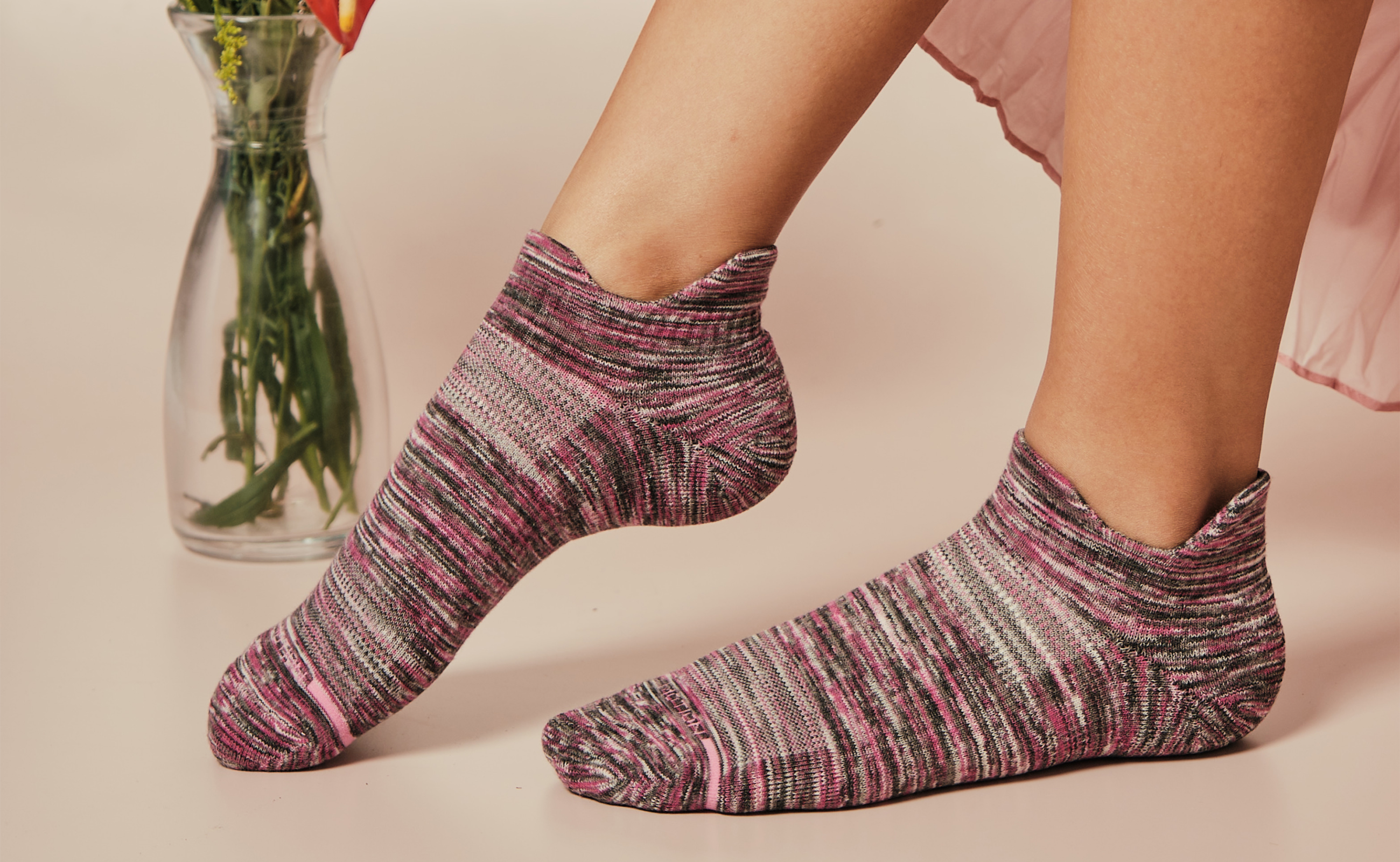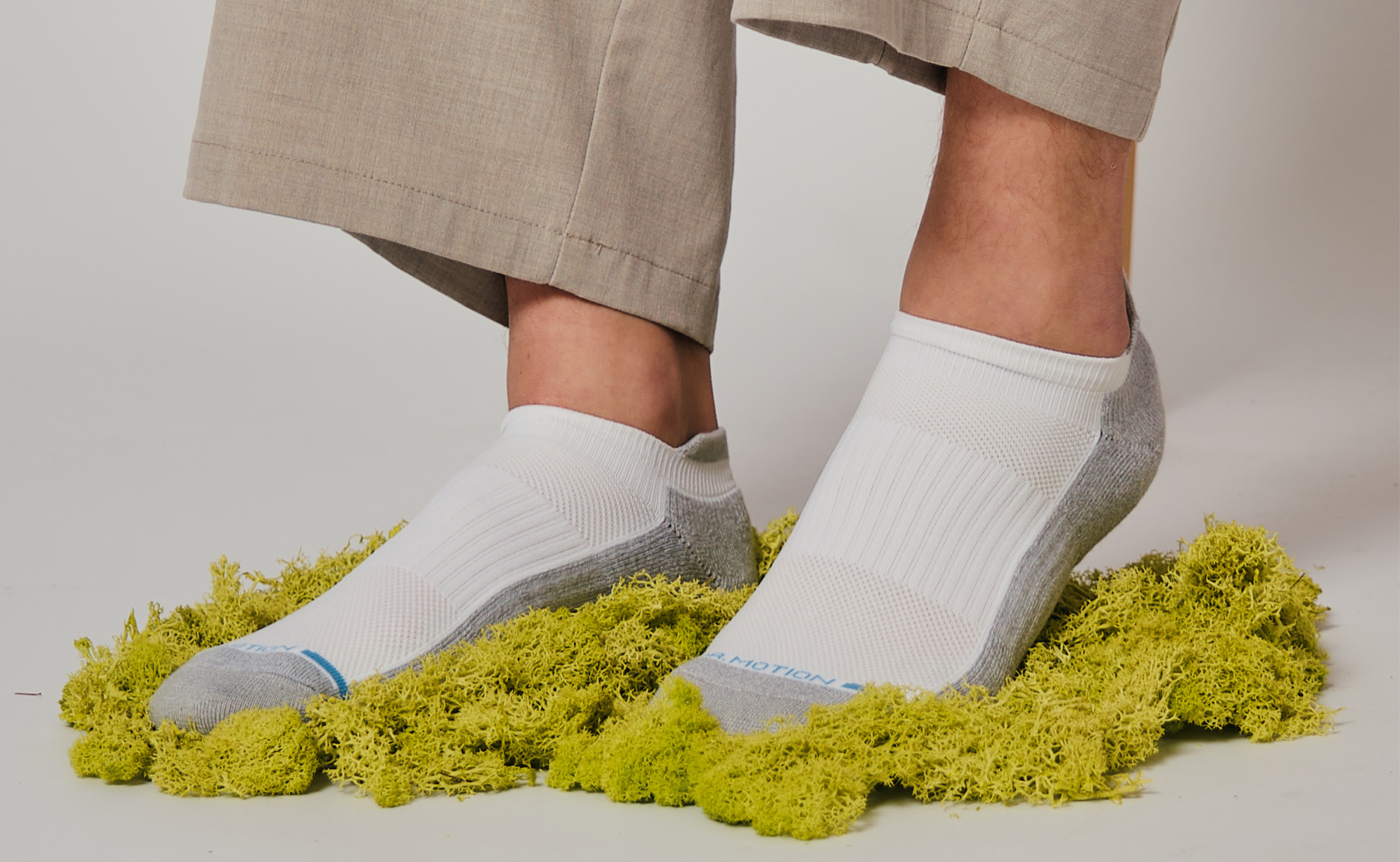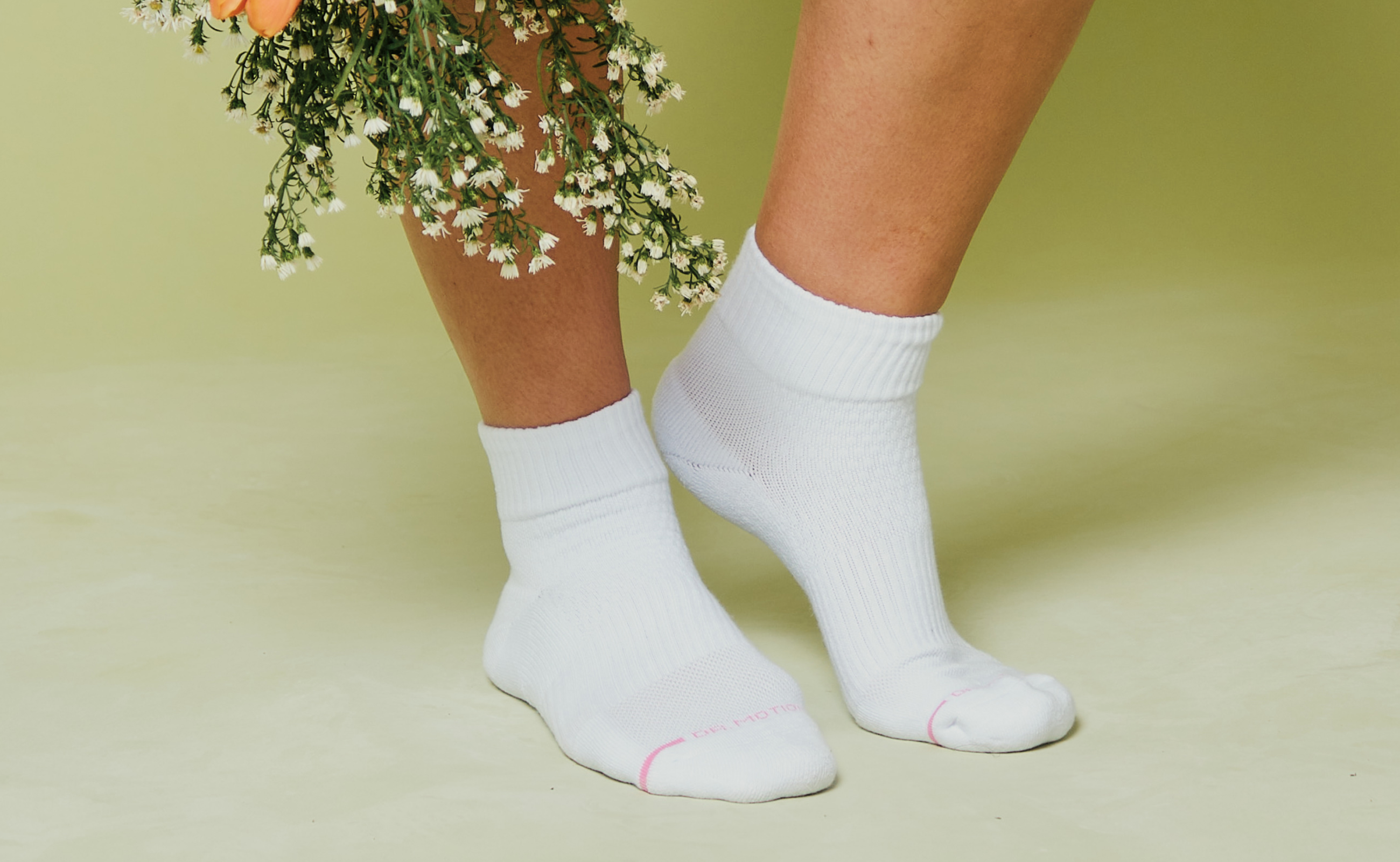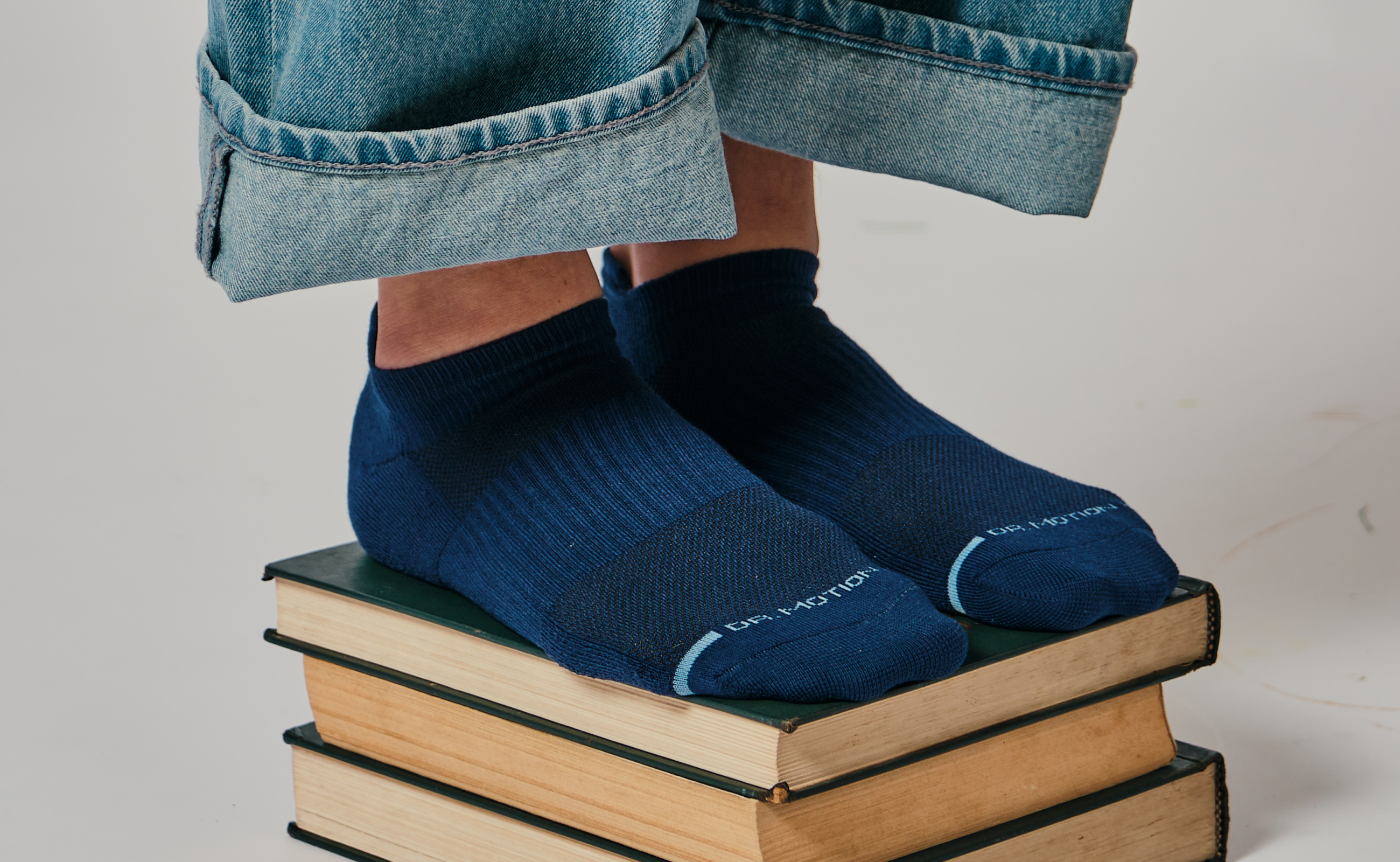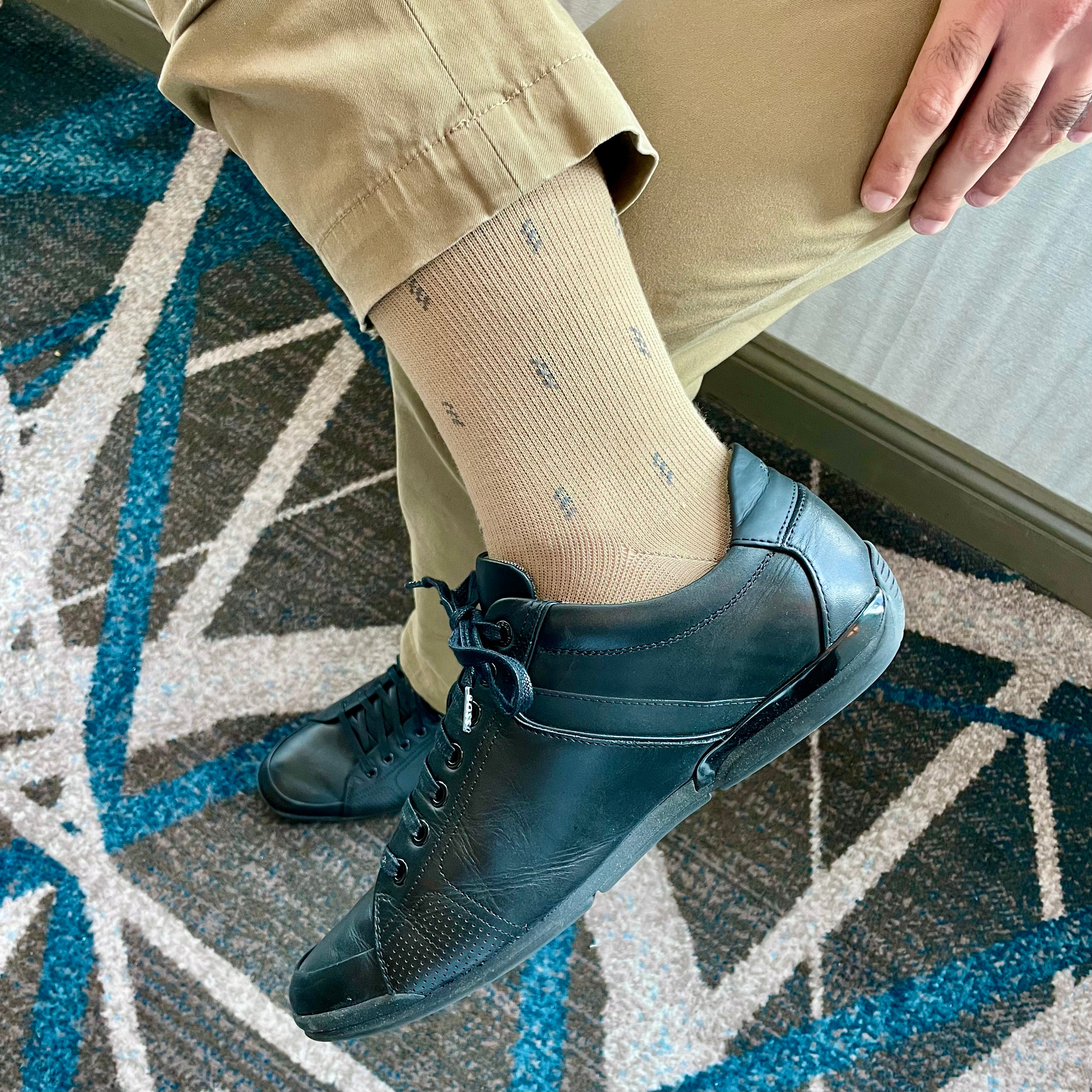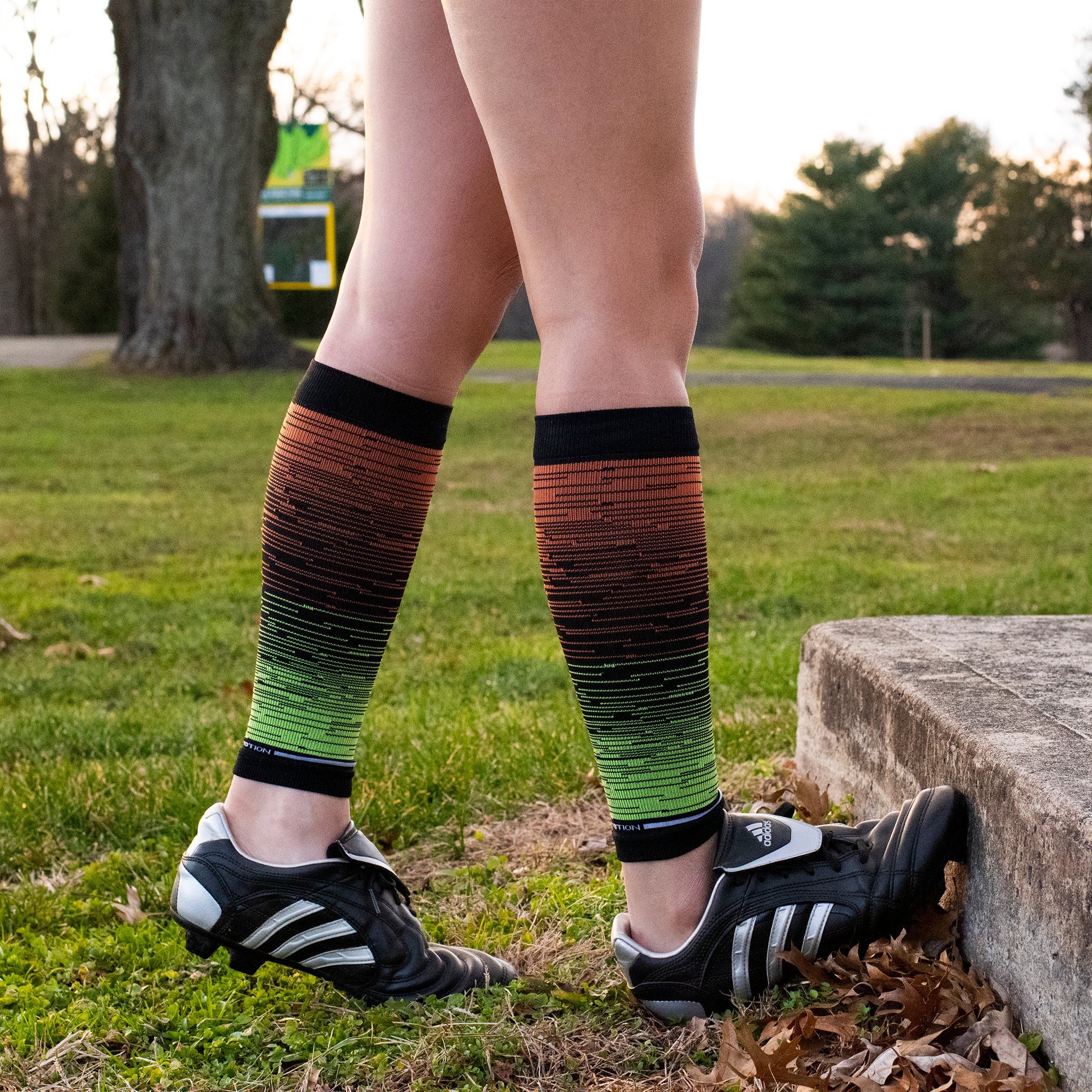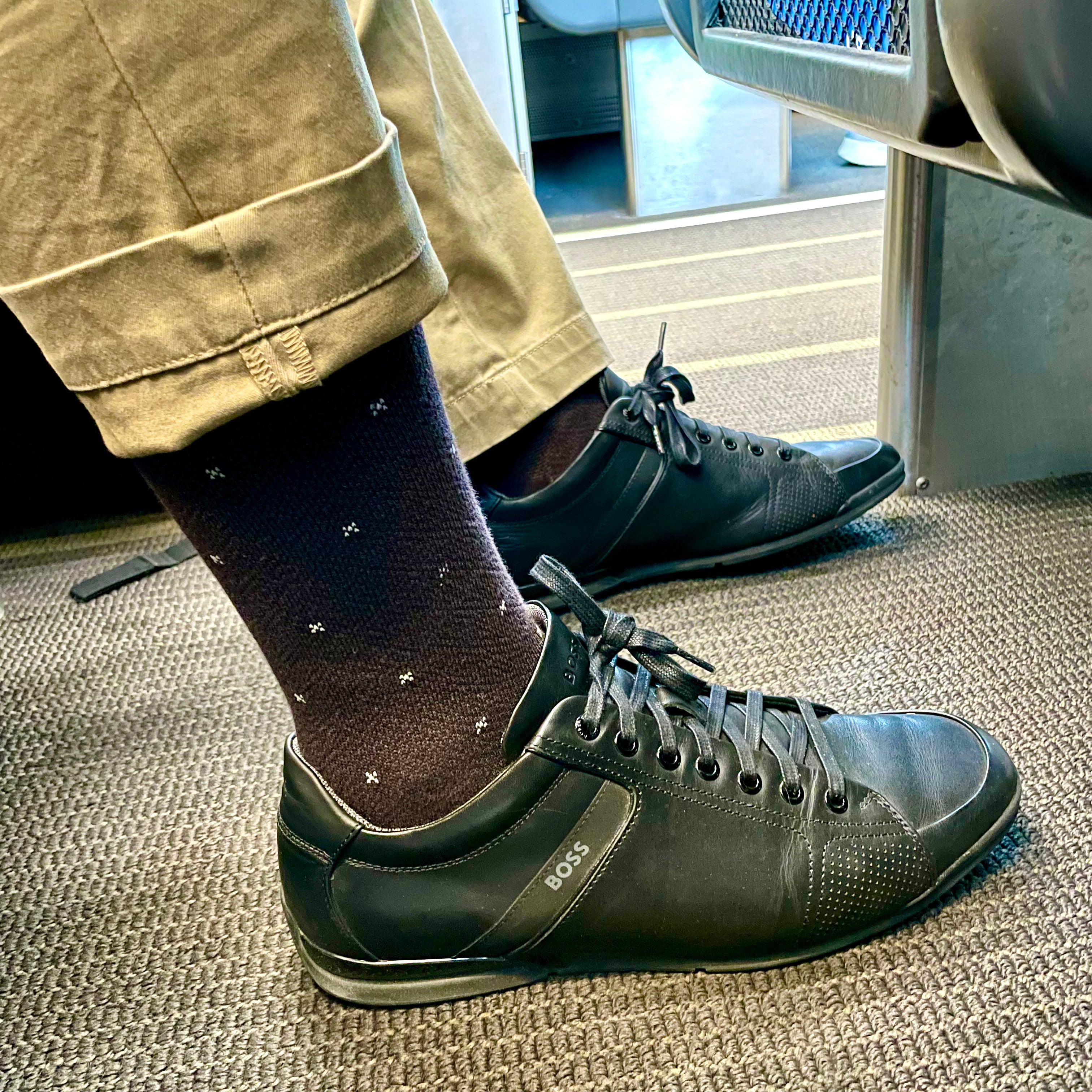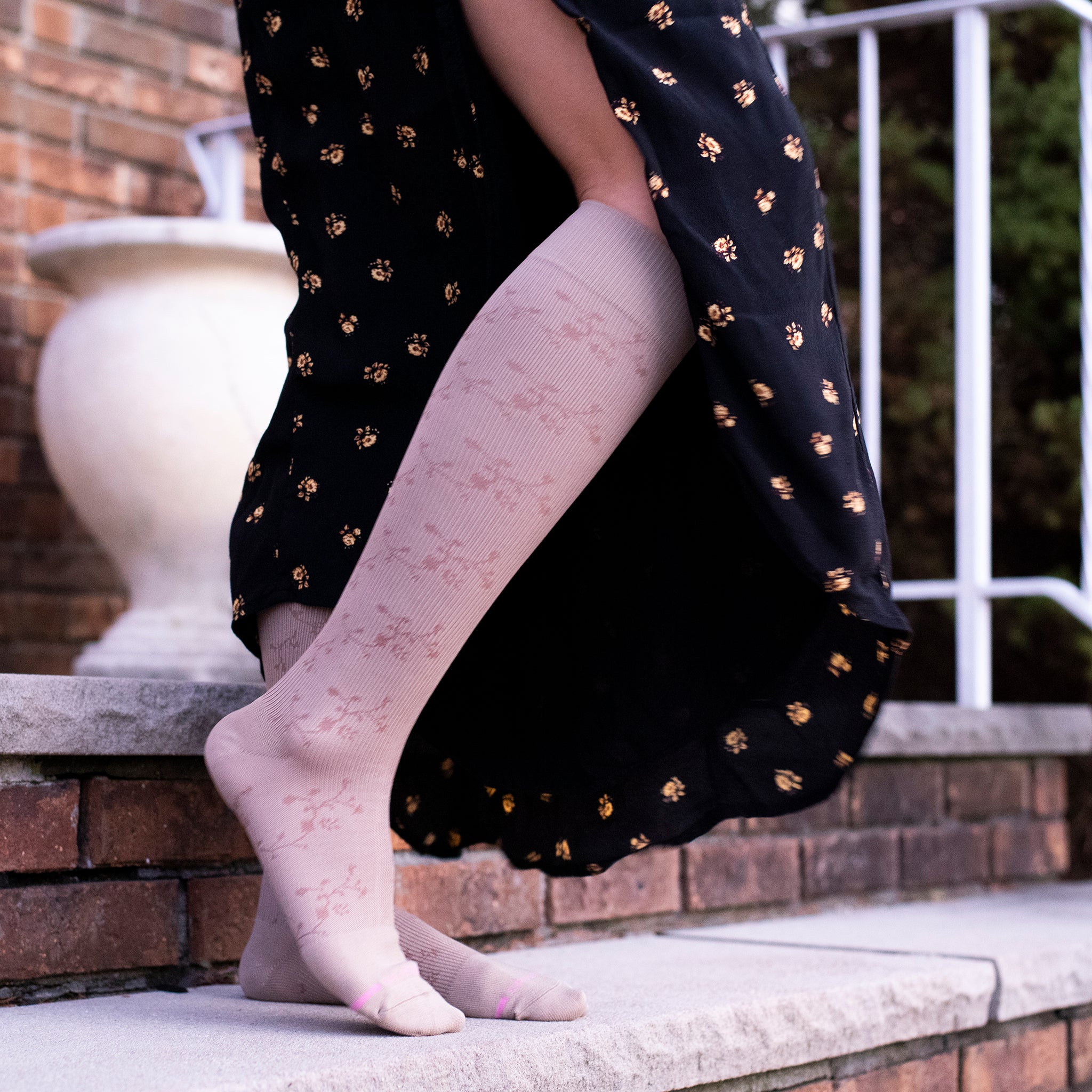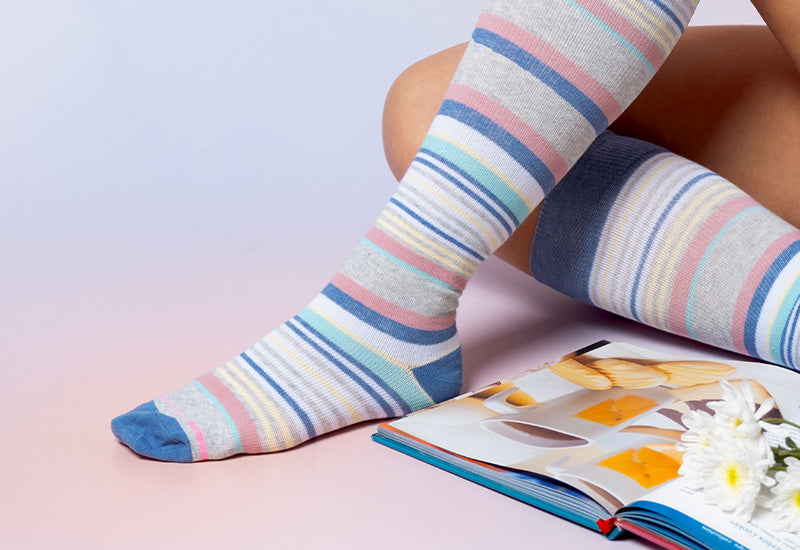Compression Socks After Knee Replacement: Your Complete Recovery Guide
Undergoing knee replacement surgery is a major step towards regaining mobility and living pain-free. But what comes after surgery is just as crucial. Among the various tools that aid recovery, compression socks play a vital, yet often underestimated, role. From improving circulation to reducing the risk of complications, these specialized garments offer targeted support during the healing process.
This guide covers why compression socks are recommended after knee surgery and how long to wear them. You'll also learn about the different types available and how to use them effectively for a smoother, safer recovery.
Why Are Compression Socks Recommended After Knee Replacement?
Post-surgical care is essential for preventing complications and accelerating healing. Compression socks are designed to apply graduated pressure, helping your body recover in several important ways.
1. Preventing Deep Vein Thrombosis (DVT)
One of the most serious risks after any lower-limb surgery, including total or partial knee replacement, is Deep Vein Thrombosis (DVT). This occurs when a blood clot forms in a deep vein, typically in the legs, and can lead to life-threatening conditions if the clot travels to the lungs (pulmonary embolism).
Compression socks help prevent DVT by:
-
Encouraging consistent blood flow
-
Reducing blood pooling in the veins
-
Promoting leg movement through gentle pressure
2. Reducing Swelling
Swelling around the knee and lower leg is a common concern post-surgery. This inflammation can limit mobility and delay healing. Wearing compression socks helps manage this by controlling fluid buildup, easing discomfort, and reducing recovery time.
3. Enhancing Circulation
Poor blood circulation can cause fatigue, pain, and slower healing. Compression socks gently squeeze the leg to support vein function, promoting oxygen-rich blood flow back to the heart. This is crucial during the early stages of recovery when movement is restricted.
4. Supporting Mobility
Beyond reducing swelling and improving circulation, compression socks provide much-needed support when walking, standing, or performing physiotherapy exercises. The added stability around the calf and ankle encourages confident movement and minimizes strain on the healing joint.
How Long Should You Wear Compression Socks After Knee Surgery?
The duration for wearing compression socks after a total knee replacement depends on individual health conditions and your surgeon’s guidance. However, general recommendations include:
- Immediately after surgery: Compression stockings are often worn throughout the day.
-
First 2–6 weeks: Patients are typically advised to wear them during waking hours, especially if swelling continues.
-
After 6 weeks: If there’s persistent swelling or reduced mobility, you may still need to wear them for a few hours daily.
-
Night-time use: Usually not recommended unless prescribed, to avoid restricted circulation during sleep.
If you've had a partial or arthroscopic knee replacement, wear time may be shorter. However, compression garments remain important during the early recovery phase.
Types of Compression Socks for Knee Surgery Recovery
There isn’t a one-size-fits-all approach. The right type of compression sock depends on your needs, comfort level, and your doctor’s advice.
1. Knee-High Compression Socks
These are the most commonly used options after knee replacement surgery. They:
-
Provide targeted pressure to the lower leg and calf
-
Are easier to wear independently
-
Suit most post-operative scenarios
2. Thigh-High Compression Stockings
Often prescribed when swelling extends higher up the leg or when DVT risk is elevated. They:
-
Offer broader coverage
-
Can be harder to put on without help
-
Are commonly used in hospital settings
3. Compression Tights
These may be recommended if both legs are affected or if you require additional hip support. They’re less common but can be useful in certain recovery plans.
4. Compression Sleeves
Sleeves provide support to the knee and calf while leaving the foot uncovered. These are ideal in the later stages of recovery or during physiotherapy when full-foot compression is not needed.
How to Properly Put on Compression Stockings After Surgery?
Many patients struggle with applying compression stockings in the early recovery period. To wear them correctly:
-
Your legs should be completely dry. Moisturized skin can make it harder to slide them on.
-
Sit in a comfortable position and gather the stocking from top to heel.
-
Insert your foot first, then gradually roll the stocking up your leg. Avoid pulling or twisting.
-
Smooth out wrinkles to prevent uneven pressure or circulation issues.
You can use a sock aid or seek help from a caregiver during the initial weeks.
Choosing the Best Compression Socks for Your Recovery
When shopping for compression socks, consider the following:
-
Compression level: Generally between 15–30 mmHg. The correct pressure depends on your needs. Your doctor can advise you.
-
Material: Choose breathable, moisture-wicking fabrics to prevent skin irritation.
-
Fit: Refer to sizing guides. Poorly fitted socks can do more harm than good.
-
Ease of use: Options with zippers or open toes can simplify dressing.
Avoid generic options and always consult your healthcare provider to ensure your socks provide the right level of support for post-knee surgery recovery.
Conclusion: Recovery Is a Step-by-Step Process
Compression socks are an essential part of post-knee replacement care. They help reduce swelling, improve circulation, and lower the risk of complications like DVT, supporting a safer and more comfortable recovery.
Let your usage be guided by your doctor’s advice, especially when it comes to selecting the right type, pressure level, and duration. With consistent use and medical oversight, compression socks can make a real difference in your healing journey.
Ready to take the next step? Explore our doctor-recommended collection of compression socks, where each pair is created to enhance your comfort, mobility, and recovery.
Disclaimer: This article provides information solely for educational purposes, including but not limited to text, graphics, images, and other materials contained herein. This article is not intended to substitute for professional medical advice, diagnosis, or treatment. Always seek the advice of your physician or another qualified healthcare provider with any questions you may have regarding a medical condition.


